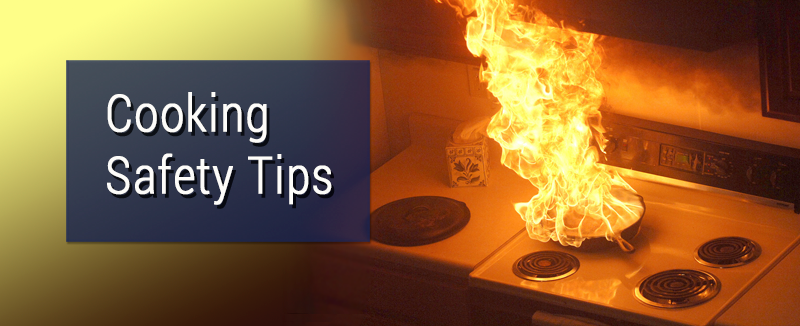

According to the National Fire Protection Association (NFPA), cooking remains the top cause of home structure fires.
U.S. fire departments responded to an average of 346,802 home structure fires annually in a recent 4 year span, even though the majority of cooking fires are not reported to fire departments.
These house fires caused an estimated average of 2,620 civilian deaths and $7.3 billion in direct property damage each year. Both of these numbers are an increase from the previous period.
A shocking 75% of (civilian) fire deaths and 72% of injuries come from house fires, according to the NFPA.
Check out the full list of the NFPA’s Cooking Safety best practices.
If you don’t have Alarm.com integrated into your security system yet, just let us know. See how much you could save using your Customer Loyalty Rewards.
If you’re with another alarm company today or want to learn more about Alarm Engineering, tell us a bit about you and we’ll provide a no-charge security assessment. Remember to use FIRSTMONTHFREE promo code for extra savings.
Locally owned Alarm Engineering has been securing Delmarva since 1985. In that time, we have earned our reputation for integrity, reliability, and quality with our emphasis on superior service to our customers. We know you have choices when it comes to your security system, so here are some things you should know about our team.
Alarm Engineering is leading provider of electronic security systems and services in Delaware and the Eastern Shores of Maryland and Virginia. From integrated home security systems with home automation and video to large enterprise-level integrated systems and small business solutions, our highly trained and professional staff will get the job done right. As an Authorized Alarm.com dealer, we offer exclusive Crash and Smash technology, Geo-Fencing and LiftMaster Garage Control, and the Doorbell Camera as part of our Home Automation offerings.
For more about what sets us apart from the crowd, click here or give us a call at 410-546-2210. But don’t just take our word for it: check out our five star Google Reviews.